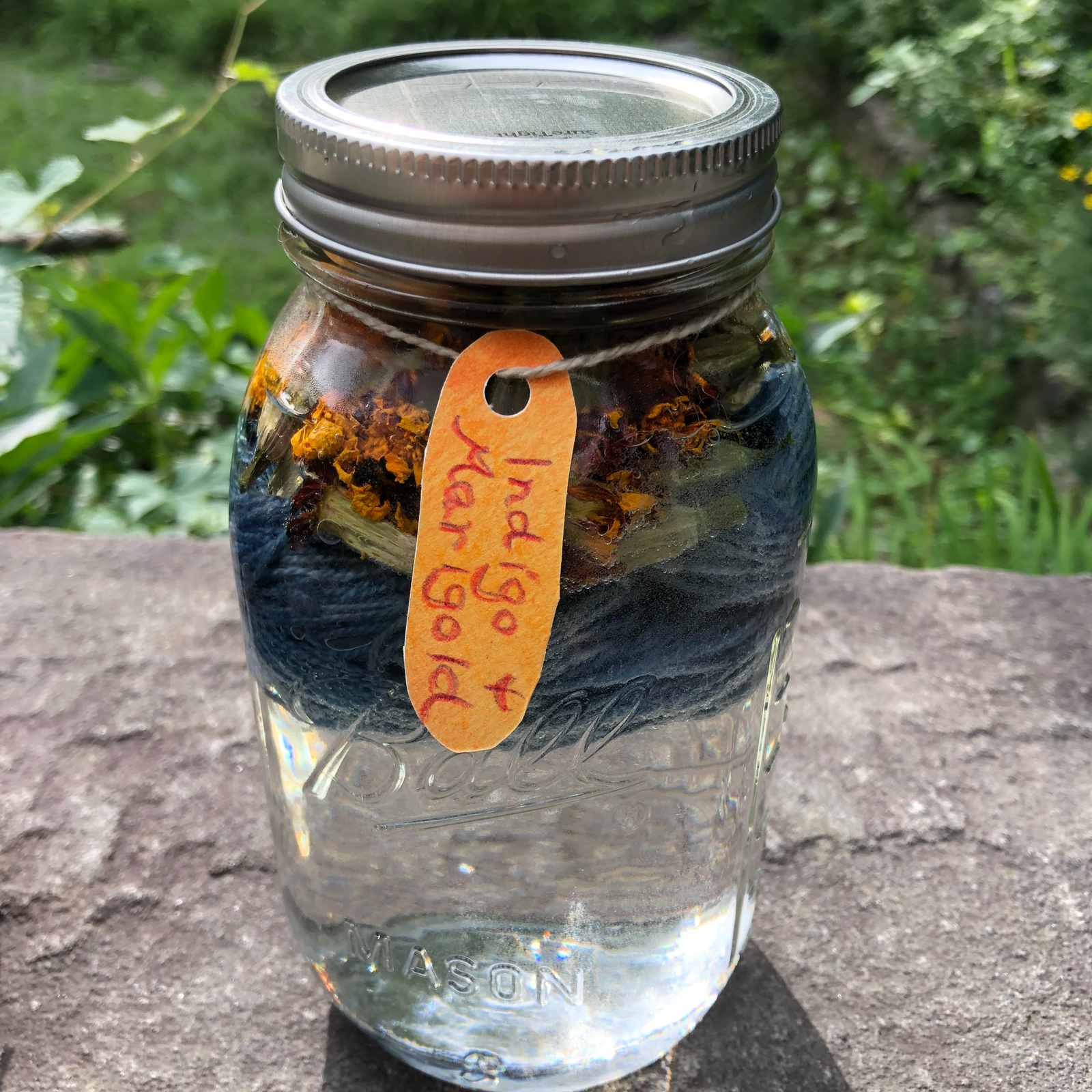The numbers are introduced in fairy tales (such as The Three Billy Goats Gruff) as well as places that children find them in the world (like 6 in the color wheel and 8 in the spider), so that the experience is one of wonder or joy in recognizing an old friend. The stories are always accompanied by riddles to solve and new symbols to be revealed.
I use a container story inspired by this one. My characters are two flower children, Calendula and Plantain.
I've written an entire Ruzuku course on this block which may be helpful if you are a homeschooler preparing to teach it, but here is the quick overview and booklist of stories that I used this year:
I / 1
- story - Sun Bread by Elisa Kleven
poem - "The Sun" by Grace Nichols from The Hutchinson Treasury of Children's Poetry edited by Alison Sage, p.126
riddle - sunshine
hands-on activity - make Sun Bread (recipe in back of book)
artwork - wet-on-dry watercolor painting of sun
II / 2
-
story - "Snow White and Rose Red" from Tales from Grimm, translated by Wanda Gág, pp.207-221
riddle - rose
hands-on activity - make Middle Eastern Rice Pudding with Rosewater
artwork - colored pencil drawing of two rose bushes
III / 3
-
story - Jack and the Beanstalk retold by Joseph Jacobs
riddle - seed
hands-on activity - wrap three dried beans in a wet paper towel and place in a plastic bag
bonus story - The Three Little Pigs retold by Paul Galdone
hands-on activity - build little piggie houses with Teifoc mini bricks
artwork - colored pencil drawing of three magic beans OR the giant's treasures (bag of gold, goose that lays golden eggs, talking harp)
IV / 4
- story - Peter and the North Wind retold by Freya Littledale
riddle - wind
game - "The Northwind" from A Child's Seasonal Treasury by Betty Jones, p.45
artwork - glue line squiggles on Lapis Lazuli Blue Stardream Pearlescent Cardstock Paper of winds in the four directions
V / 5
-
story - The Pea Blossom retold by Amy Lowry Poole
riddle - pea
finger play - "Five Little Peas" from The Breathing Circle: Learning Through the Movement of the Natural Breath by Nell Smyth, p.82
hands-on activity - eat snow peas
bonus story - The Princess and the Pea retold by Rachel Isadora
hands-on activity - build a beautiful palace with rainbow blocks (Grimm's Spiel und Holz Large Stepped Pyramid, 1001 Nights Building Set, Rally Building Set, Nautilus Puzzle), use wooden figures to act out the story (wooden figures from The Gigantic Turnip set, giant cactus rainstick, pea, 10 folded Kleenexes, 4 folded washcloths)
artwork - colored pencil drawing of peapod with five peas
VI / 6
- story - Song of the Hermit Thrush: An Iroquois Legend (Native American Lore and Legends) retold by Gloria Dominic
riddle - stars
bonus story - Make Meatballs Sing: The Life and Art of Corita Kent by Matthew Burgess
activity - look at image of Corita Kent's Love stamp from 1985
artwork - wet-on-wet watercolor painting of color wheel
(using only Medium Yellow, Scarlet Red, and Cobalt Blue)
VII / 7
- story - Seven Blind Mice retold by Ed Young
riddle - mouse
hands-on activity - write numbers I through VII with sidewalk chalk (one, two, three, one-from-five, five, five-and-one-more, five-and-two-more)
bonus story - "The Wolf and the Seven Little Kids" from More Tales from Grimm, translated by Wanda Gág, pp.241-249
artwork - colored pencil drawing of seven mice in rainbow colors
VIII / 8
- story - Louise Bourgeois Made Giant Spiders and Wasn't Sorry by Fausto Gilberti
poems - Spiders Spin Webs by Yvonne Winer
riddle - spider
hands-on activity - make spider sculptures with craft wire
watch video of Maman sculpture being assembled in 2011
artwork - colored pencil drawing of spider (Maman, the spider sculpture you made, or your favorite from the book of poetry)
IX / 9
- story - Pezzettino by Leo Lionni
riddle - rock
activity - explore square numbers with Grapat Wooden Mandala Sets (we used Little Blue Coins)
artwork - cut paper collage of 9 squares arranged in a square
X / 10
-
story - The Colors of Us by Karen Katz
riddle - hands
hands-on activity - how to paint skin tone with Cassie Stephens
artwork - trace both hands and color with skin tone crayons
This post contains affiliate links to materials I truly use for homeschooling. Qualifying purchases provide me with revenue. Thank you for your support!




































 Immersive Experience
Immersive Experience Immersive Experience
Immersive Experience






